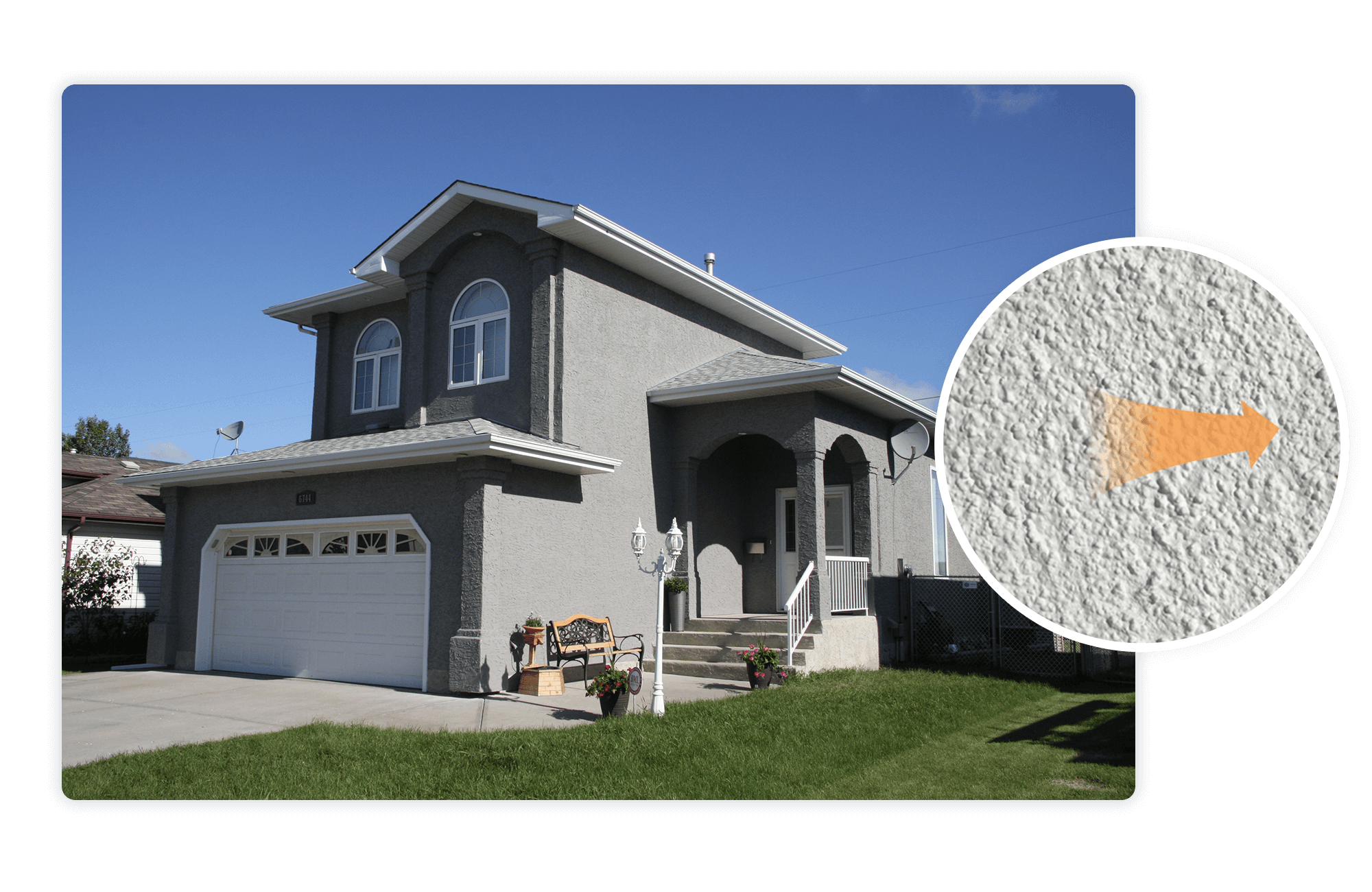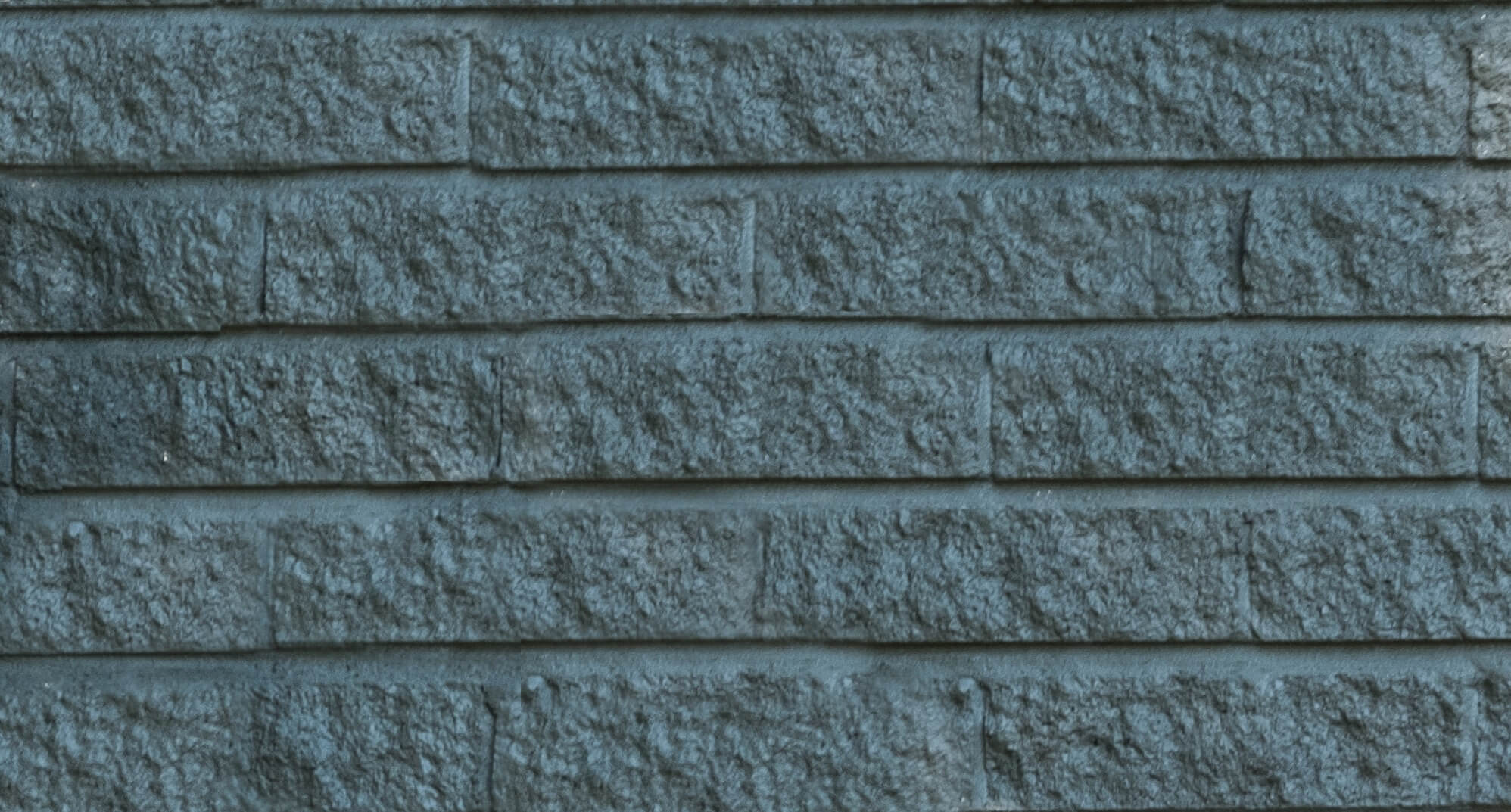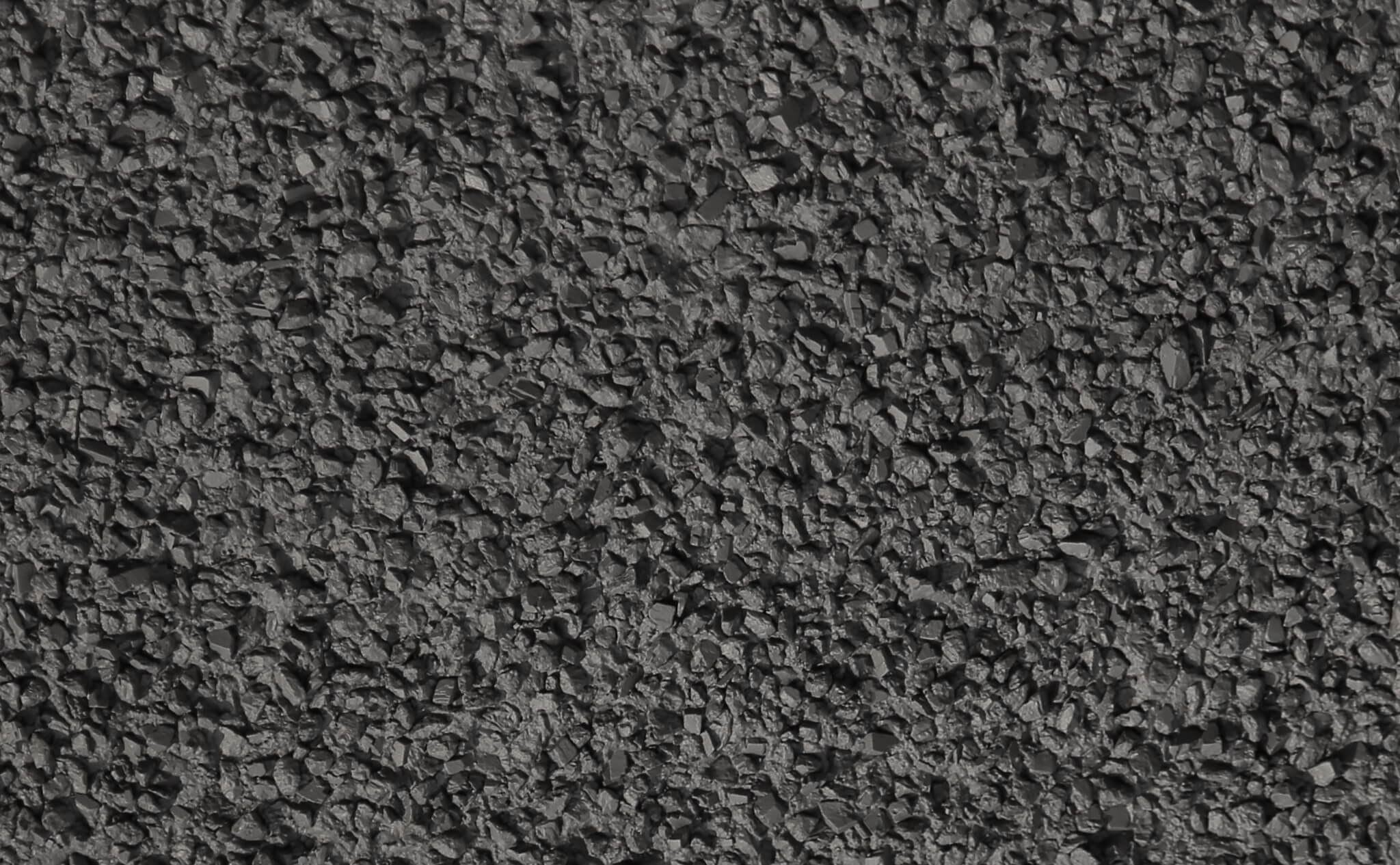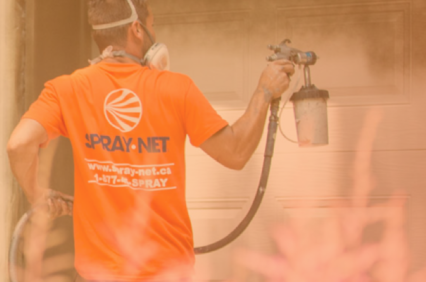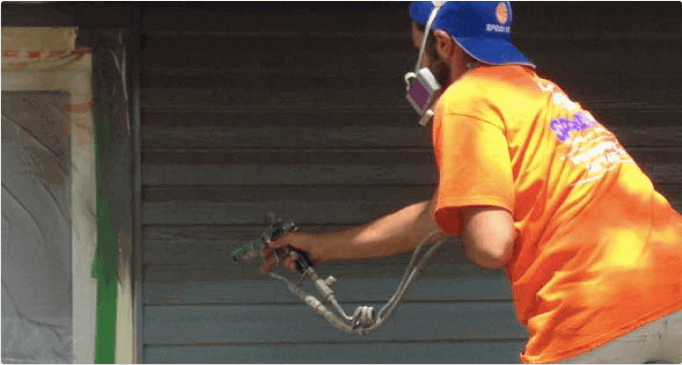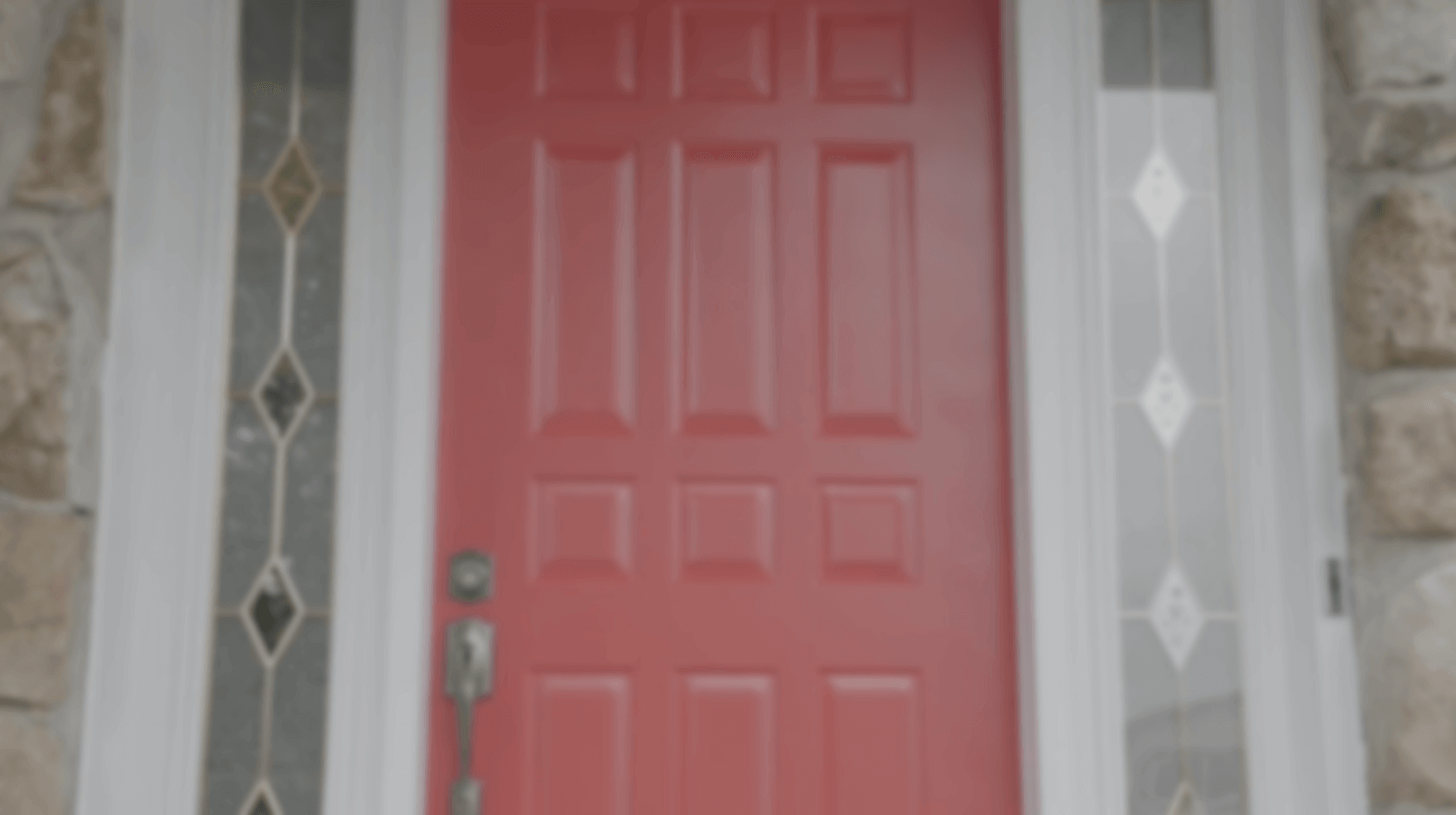What is Stucco
Before working on fixing your stucco cracks, let’s start with a little history lesson. Stucco as a building material has been around since before the days of Plato and Alexander the Great. This is not only a testament to the simplicity of the design, but also to its practicality and capabilities.
There is a reason humans have utilized it as a material as far back as we can recall. It works, and it works well. It is durable, attractive, and weather resistant. Typically, stucco is placed over a wooden, masonry or brick surface and provides insulation, visual appeal and longevity to the building frame.
Stucco is composed of an aggregate, a binder – traditionally lime & sand – and water with decorative elements added to the finishing layer such as stones or pebbles. Plaster and stucco were interchangeable (one was interior, the latter, exterior) until the 19th century when Portland Cement was developed as a strengthening agent for stucco. That’s when they diverged in their evolution.
Today, Stucco is best described as a cement plaster exterior wall covering. There are some proprietary blends that include additives in order to increase durability and elasticity. Stucco’s durability, aesthetic quality, and its low maintenance needs have ensured its ongoing popularity.
Why Stucco Cracks
If you’ve lived with stucco construction for long enough, you will notice cracks appearing eventually. Though it is a very durable material, one of the strongest common building materials used, over time it will start to show wearing. This is a standard part of the stucco’s lifespan and is – relatively – easily fixed. Cracking can occur for many reasons and is especially common around doors, windows, and other edges.
If the cracks appear quickly or are exceptionally bad, a faulty mixture or improper installation are likely to blame. Weak or mishandled stucco will have a much shorter lifespan – though the underlying causes of the cracks are usually the same.
Common Causes for Stucco Cracks:
- House Settling: If a home was built on loose soil or is getting there in a few years, it is likely that the ground underneath the foundations has begun to shift and change. This shifting will put heavier strains on different portions of the house as the balance of the structure adjusts. These strains can cause cracking in the stucco as it succumbs to the extra weight.Seismic activity like earthquakes or tremors will have much of the same effect – this in a more dramatic timeframe.
- Extreme Weather: Excessive heat or extreme cold will cause the stucco to both expand and contract – as well as any wood it is supporting or being supported by. Expanding movements and shrinkage can leave stucco weakened and cracking. High winds may push on the wall, and/or reduce the moisture in the wall, thus leading to further shrinkage.
Repairing Stucco Cracks
Luckily Stucco is both resilient and relatively easy to make reparations on. Whether you decide to go with trained professionals or wish to conduct the repairs yourself – the necessary steps will remain the same.
Thoroughly Clean the Area:
All dirt, debris, dust, etc. must go. Usually, this requires a bit of light power-washing. We prefer to use our specially prepared water-based paint prep solution. You should also use a scraper to remove any remaining loose debris.
Damage Repair:
All of the cracks must be filled in. For large areas of damage, the stucco pattern will have to be replicated as it is filled in. We use an elastomeric caulking filler to seal the majority of cracks.
Stucco patching material can be used to fill in larger areas with a rubber float. You will have to remove excess filling material and blend the pattern to the rest of the wall as well. After it dries, remove any remaining dust or debris.
Painting:
Paint the repaired area to match the original color of the wall. This may be an issue if the color of the wall has faded over time. In some cases, this will lead to a whole new paint job. Professionals are usually quite capable of blending the colors on site to avoid unnecessary work. We prefer to spray a flexible, elastomeric coating and then apply new color matching caulking where needed.
Our Elastomeric coating is ten times thicker than regular latex paint and is ideally suited to repairing a stucco wall and ensuring its long-term health. The thick and flexible paint will reinforce the stucco against the weather and possible cracking.
Clean Up and Spot Checking:
Final inspections and job wrap up are just as important as any other stage. Make sure, while you still have all the equipment on hand, that the wall has been fully repaired and cleaned.
Subscribe to our blog & newsletter.
This is the advantage of subscribing to our blog.



